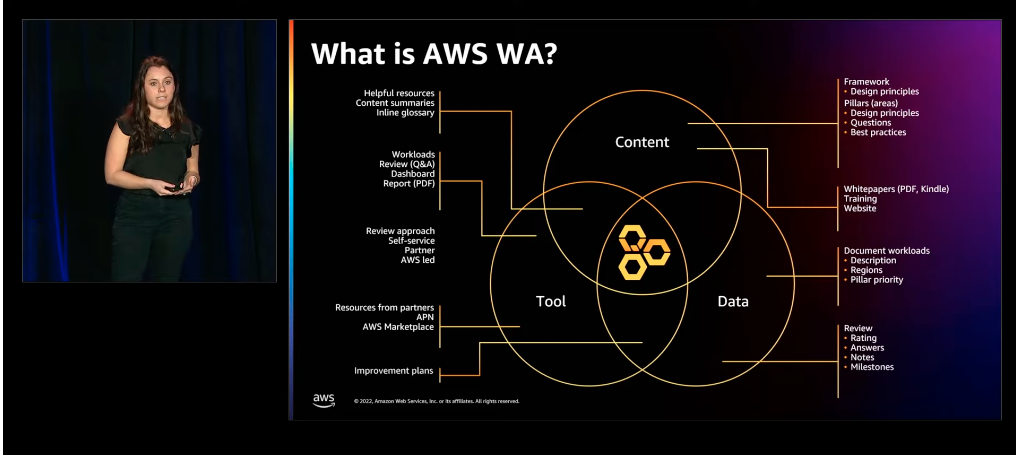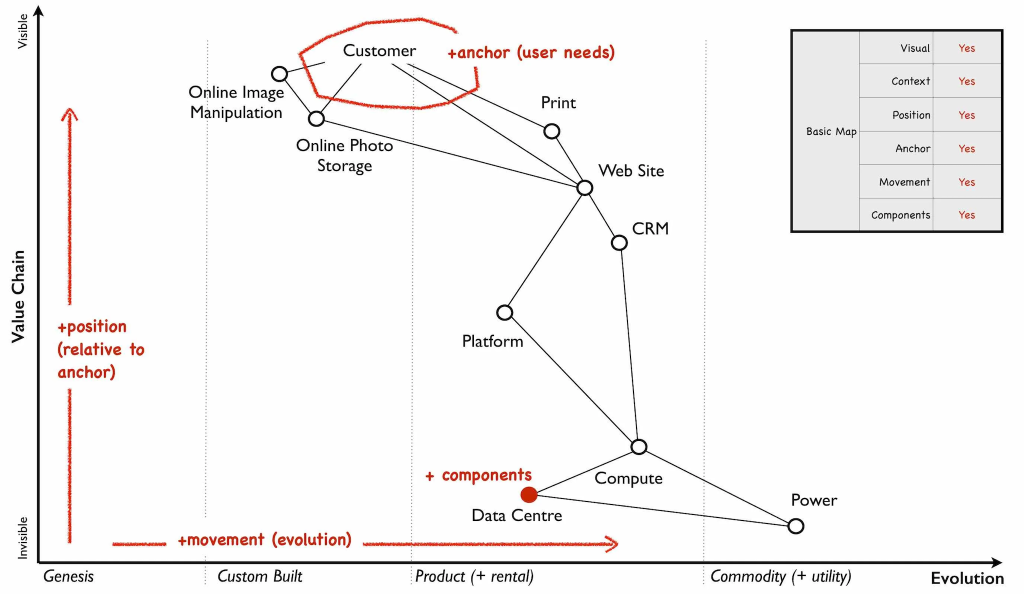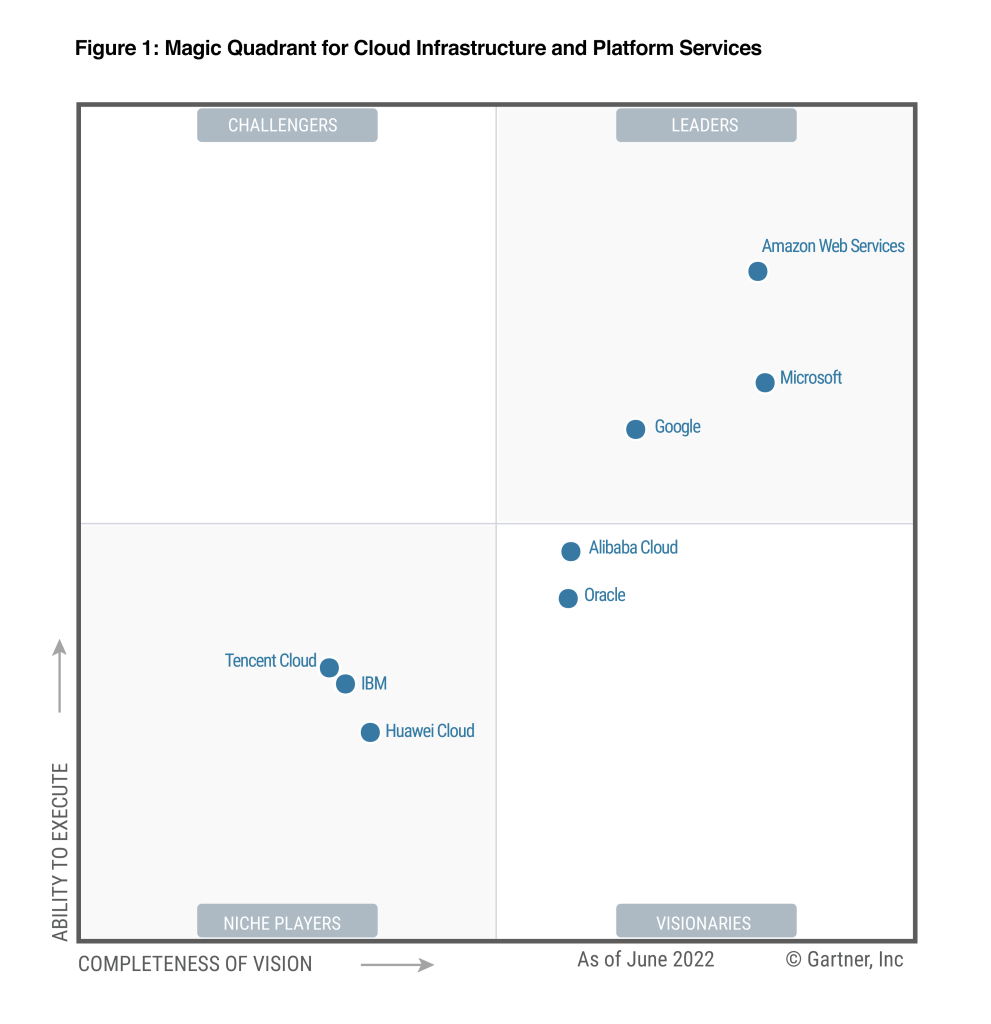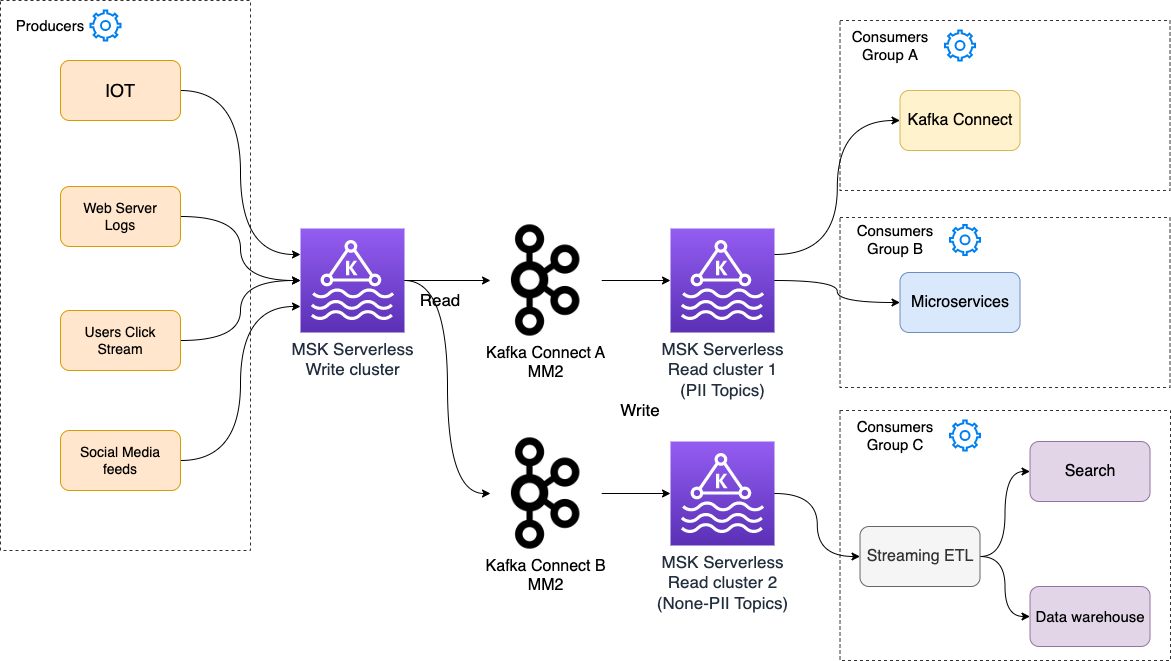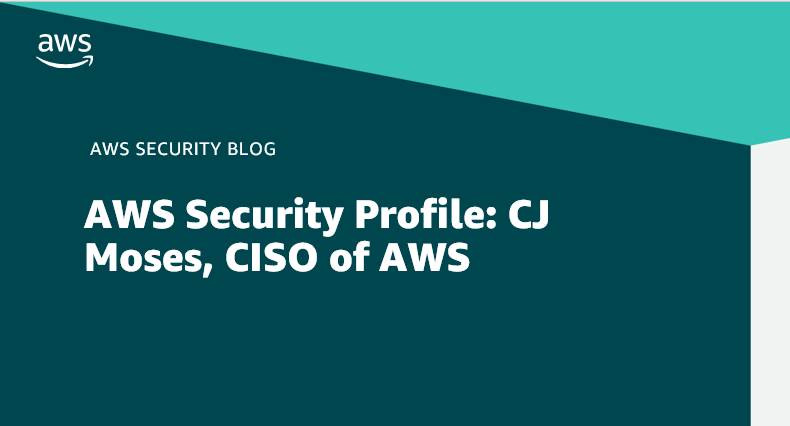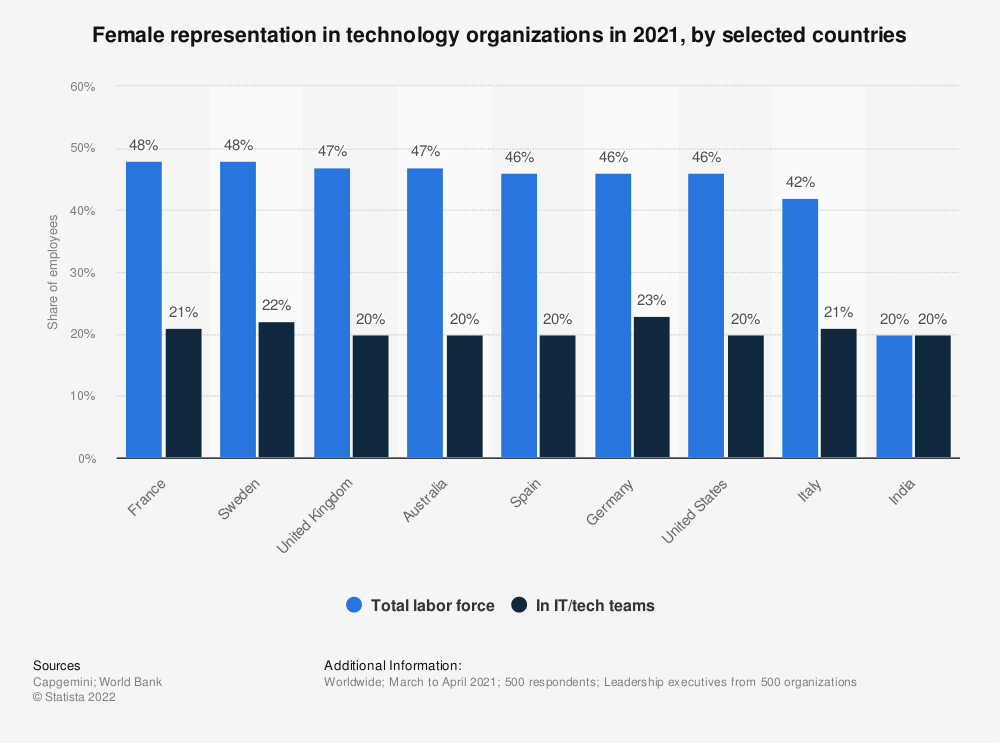Post Syndicated from Thomas Burns original https://aws.amazon.com/blogs/architecture/architecting-for-sustainability-at-aws-reinvent-2022/
AWS re:Invent 2022 featured 24 breakout sessions, chalk talks, and workshops on sustainability. In this blog post, we’ll highlight the sessions and announcements and discuss their relevance to the sustainability of, in, and through the cloud.
First, we’ll look at AWS’ initiatives and progress toward delivering efficient, shared infrastructure, water stewardship, and sourcing renewable power.
We’ll then summarize breakout sessions featuring AWS customers who are demonstrating the best practices from the AWS Well-Architected Framework Sustainability Pillar.
Lastly, we’ll highlight use cases presented by customers who are solving sustainability challenges through the cloud.
Sustainability of the cloud
The re:Invent 2022 Sustainability in AWS global infrastructure (SUS204) session is a deep dive on AWS’ initiatives to optimize data centers to minimize their environmental impact. These increases in efficiency provide carbon reduction opportunities to customers who migrate workloads to the cloud. Amazon’s progress includes:
- Amazon is on path to power its operations with 100% renewable energy by 2025, five years ahead of the original target of 2030.
- Amazon is the largest corporate purchaser of renewable energy with more than 400 projects globally, including recently announced projects in India, Canada, and Singapore. Once operational, the global renewable energy projects are expected to generate 56,881 gigawatt-hours (GWh) of clean energy each year.
At re:Invent, AWS announced that it will become water positive (Water+) by 2030. This means that AWS will return more water to communities than it uses in direct operations. This Water stewardship and renewable energy at scale (SUS211) session provides an excellent overview of our commitment. For more details, explore the Water Positive Methodology that governs implementation of AWS’ water positive goal, including the approach and measuring of progress.
Sustainability in the cloud
Independent of AWS efforts to make the cloud more sustainable, customers continue to influence the environmental impact of their workloads through the architectural choices they make. This is what we call sustainability in the cloud.
At re:Invent 2021, AWS launched the sixth pillar of the AWS Well-Architected Framework to explain the concepts, architectural patterns, and best practices to architect sustainably. In 2022, we extended the Sustainability Pillar best practices with a more comprehensive structure of anti-patterns to avoid, expected benefits, and implementation guidance.
Let’s explore sessions that show the Sustainability Pillar in practice. In the session Architecting sustainably and reducing your AWS carbon footprint (SUS205), Elliot Nash, Senior Manager of Software Development at Amazon Prime Video, dives deep on the exclusive streaming of Thursday Night Football on Prime Video. The teams followed the Sustainability Pillar’s improvement process from setting goals to replicating the successes to other teams. Implemented improvements include:
- Automation of contingency switches that turn off non-critical customer features under stress to flatten demand peaks
- Pre-caching content shown to the whole audience at the end of the game
Amazon Prime Video uses the AWS Customer Carbon Footprint Tool along with sustainability proxy metrics and key performance indicators (KPIs) to quantify and track the effectiveness of optimizations. Example KPIs are normalized Amazon Elastic Compute Cloud (Amazon EC2) instance hours per page impression or infrastructure cost per concurrent stream.
Another example of sustainability KPIs was presented in the Build a cost-, energy-, and resource-efficient compute environment (CMP204) session by Troy Gasaway, Vice President of Infrastructure and Engineering at Arm—a global semiconductor industry leader. Troy’s team wanted to measure, track, and reduce the impact of Electronic Design Automation (EDA) jobs. They used Amazon EC2 instances’ vCPU hours to calculate KPIs for Amazon EC2 Spot adoption, AWS Graviton adoption, and the resources needed per job.
The Sustainability Pillar recommends selecting Amazon EC2 instance types with the least impact and taking advantage of those designed to support specific workloads. The Sustainability and AWS silicon (SUS206) session gives an overview of the embodied carbon and energy consumption of silicon devices. The session highlights examples in which AWS silicon reduced the power consumption for machine learning (ML) inference with AWS Inferentia by 92 percent, and model training with AWS Trainium by 52 percent. Two effects contributed to the reduction in power consumption:
- Purpose-built processors use less energy for the job
- Due to better performance fewer instances are needed
David Chaiken, Chief Architect at Pinterest, shared Pinterest’s sustainability journey and how they complemented a rigid cost and usage management for ML workloads with data from the AWS Customer Carbon Footprint Tool, as in the figure below.

Figure 1. David Chaiken, Chief Architect at Pinterest, describes Pinterest’s sustainability journey with AWS
AWS announced the preview of a new generation of AWS Inferentia with the Inf2 instances, and C7gn instances. C7gn instances utilize the fifth generation of AWS Nitro cards. AWS Nitro offloads the host CPU to specialized hardware for a more consistent performance with lower CPU utilization. The new Nitro cards offer 40 percent better performance per watt than the previous generation.
Another best practice from the Sustainability Pillar is to use managed services. AWS is responsible for a large share of the optimization for resource efficiency for AWS managed services. We want to highlight the launch of AWS Verified Access. Traditionally, customers protect internal services from unauthorized access by placing resources into private subnets accessible through a Virtual Private Network (VPN). This often involves dedicated on-premises infrastructure that is provisioned to handle peak network usage of the staff. AWS Verified Access removes the need for a VPN. It shifts the responsibility for managing the hardware to securely access corporate applications to AWS and even improves your security posture. The service is built on AWS Zero Trust guiding principles and validates each application request before granting access. Explore the Introducing AWS Verified Access: Secure connections to your apps (NET214) session for demos and more.
In the session Provision and scale OpenSearch resources with serverless (ANT221) we announced the availability of Amazon OpenSearch Serverless. By decoupling compute and storage, OpenSearch Serverless scales resources in and out for both indexing and searching independently. This feature supports two key sustainability in the cloud design principles from the Sustainability Pillar out of the box:
- Maximizing utilization
- Scaling the infrastructure with user load
Sustainability through the cloud
Sustainability challenges are data problems that can be solved through the cloud with big data, analytics, and ML.
According to one study by PEDCA research, data centers in the EU consume approximately 3 percent of the EU’s energy generated. While it’s important to optimize IT for sustainability, we must also pay attention to reducing the other 97 percent of energy usage.
The session Serve your customers better with AWS Supply Chain (BIZ213) introduces AWS Supply Chain that generates insights into the data from your suppliers and your network to forecast and mitigate inventory risks. This service provides recommendations for stock rebalancing scored by distance to move inventory, risks, and also an estimation of the carbon emission impact.
The Easily build, train, and deploy ML models using geospatial data (AIM218) session introduces new Amazon SageMaker geospatial capabilities to analyze satellite images for forest density and land use changes and observe supply chain impacts. The AWS Solutions Library contains dedicated Guidance for Geospatial Insights for Sustainability on AWS with example code.
Some other examples for driving sustainability through the cloud as covered at re:Invent 2022 include these sessions:
- SUS208: Utilizing sustainability data at scale
- SUS210: Modeling climate change impacts and risks at scale
- SUS212: Accelerating decarbonization and sustainability transformation
- SUS301: Sustainable machine learning for protecting natural resources
- SUS312: How innovators are driving more sustainable manufacturing
- STP213: Scaling global carbon footprint management
Conclusion
We recommend revisiting the talks highlighted in this post to learn how you can utilize AWS to enhance your sustainability strategy. You can find all videos from the AWS re:Invent 2022 sustainability track in the Customer Enablement playlist. If you’d like to optimize your workloads on AWS for sustainability, visit the AWS Well-Architected Sustainability Pillar.


